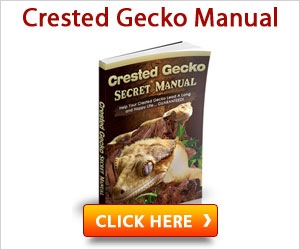Beginners Guide to Keeping Lizards
In this article, we will briefly go over the basic requirements of most reptiles to give you a background knowledge on reptile keeping before researching the species you are interested in. A few subjects such as diet have been excluded due to the wide variance between species.
HEATING
This is universal with almost all reptiles in captivity in the UK. Our climate does support many species of native reptiles from adders to slow worms, however the species commonly kept as pets are normally from much warmer climates and so additional heating is required. But it isn’t a simple matter of keeping the vivarium by a radiator!
All reptiles are cold blooded and so they can not control their body temperature independent to their environment like we do. The only way they can have some control over their body temperature is to move from warm areas to cool areas and vice versa. So we need to provide a temperature gradient. This is done by heating only one side of the vivarium to create a hot spot and leaving the other side relatively cool. The temperatures necessary on the hot spot and the cool end will vary from species to species so this needs to be researched.
METHODS OF HEATING
There are several methods that can be used for creating this temperature gradient in the vivarium. By far the most popular for beginner species is a basic heat mat. A heat mat is a thin electrical device that you can place under the vivarium or in some cases it may be suitable on the side of the vivarium (be sure to follow manufacturer’s instructions). A heat mat would normally cover around a third of the floor space on one side of the vivarium. Heat mats are one of the lowest powered heating methods for reptiles and so are only suitable for species from more temperate regions like corn snakes.
The temperature of the heat mat can be controlled using an inexpensive piece of equipment called a mat stat (a type of thermostat suitable for heat mats). There are several brands of thermostat that are designed specifically for reptile heating equipment. A thermostat is also an important piece of safety equipment that prevents excessive heat build up on the hot side.
Another method of heating is with a spot bulb fitted to the ceiling of the vivarium that is controlled by a Dimming Thermostat. Dimming thermostats monitor the temperatures in the vivarium and reduce or increase the power being supplied to the bulb so as to regulate the temperature in the vivarium. This method can be far more powerful than a heat mat and can supply higher temperatures. Also, it can be used to create a basking spot which a heat mat can not do. In the wild, many reptiles will bask in the sun to warm themselves up and so this method of heating encourages natural behavior for many day active lizards like Bearded Dragons. A red spot bulb can also be used at night for most reptiles as most can not see the colour red.
Due to the very high surface temperatures of spot bulbs, a guard around the bulb is absolutely essential to prevent your reptile from getting burnt.
Another alternative is a Ceramic Bulb that emits only infra red and no visible light. This is ideal if you are keeping the vivarium in your bedroom so the light doesn’t disturb you. It is also better suited for reptiles that require exceptionally high temperatures as Ceramic Bulbs come in power ratings up to 250w or even higher in some cases.
Ceramic bulbs can be controlled with a dimming thermostat, though a cheaper alternative is a Pulse Proportional Thermostat which is constantly turning the bulb on and off to maintain the required temperature. If a Pulse Proportional Thermostat were to be used with a spot bulb it would burn out the filament very quickly and you will be constantly replacing the bulb. Ceramic Bulbs on the other hand don’t have this problem.
Again, the surface of the bulb can get exceptionally hot and so a guard around the bulb is essential!
Please fully research the requirements of the reptile you are interested in before deciding which heating method is best suited for you.



